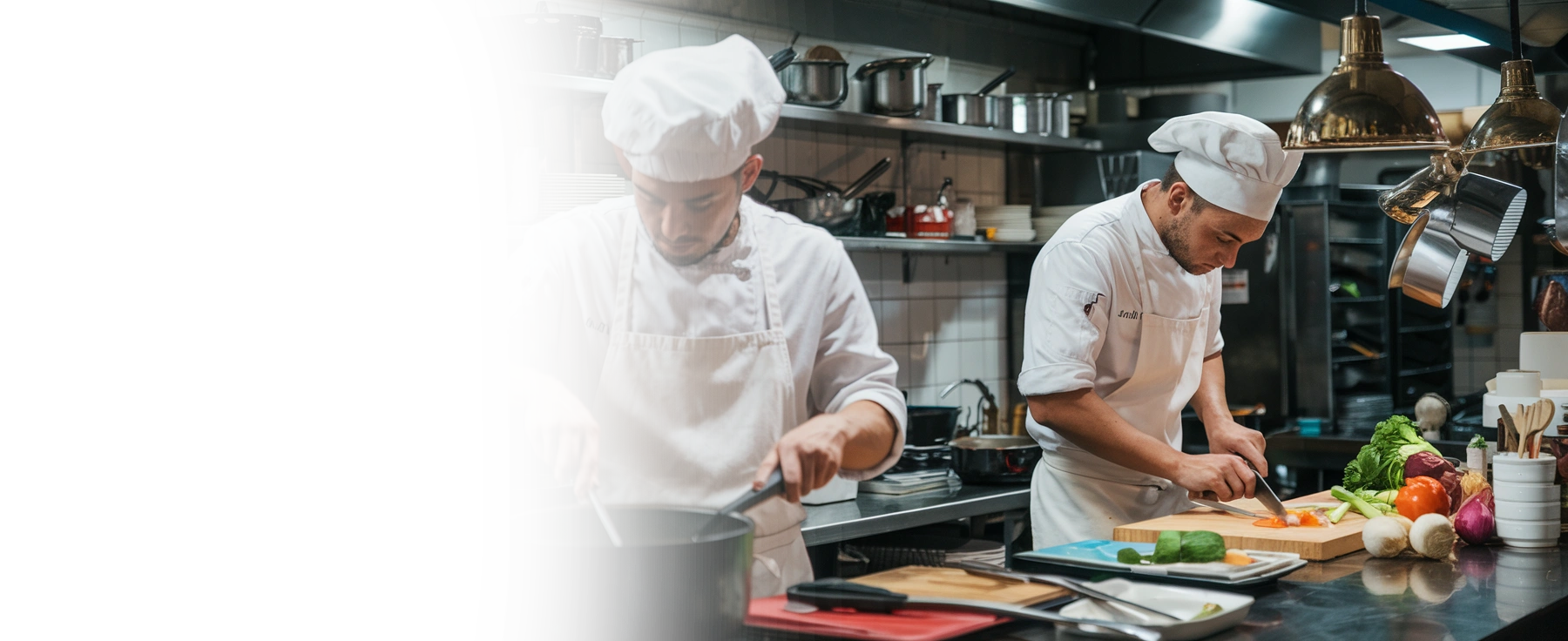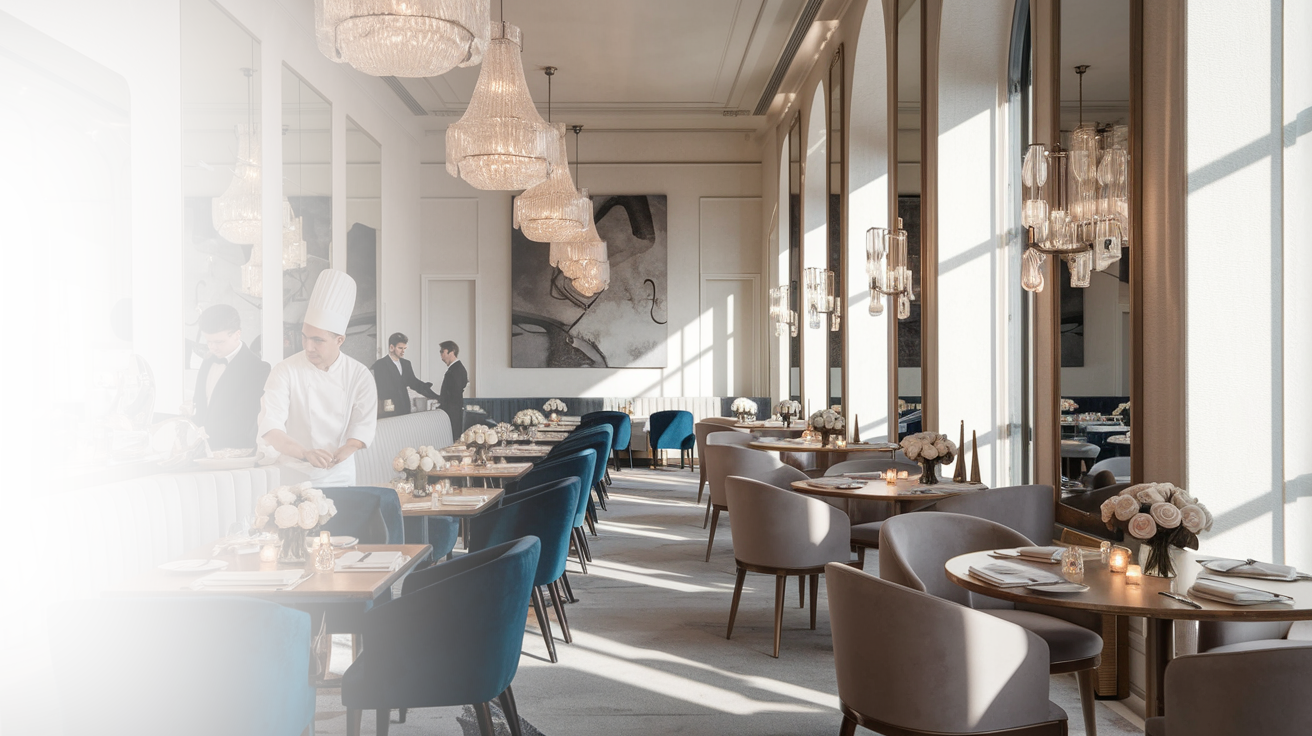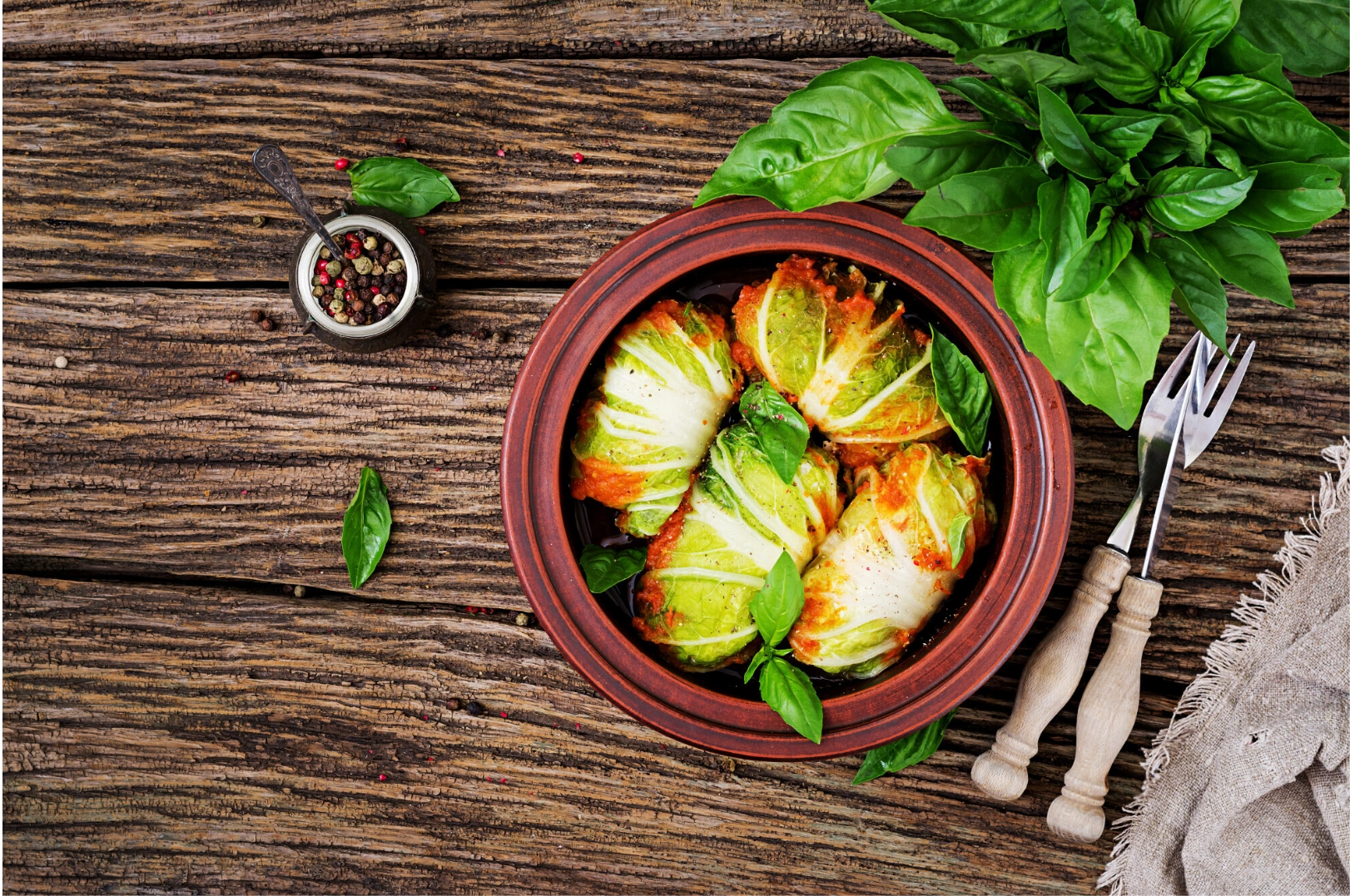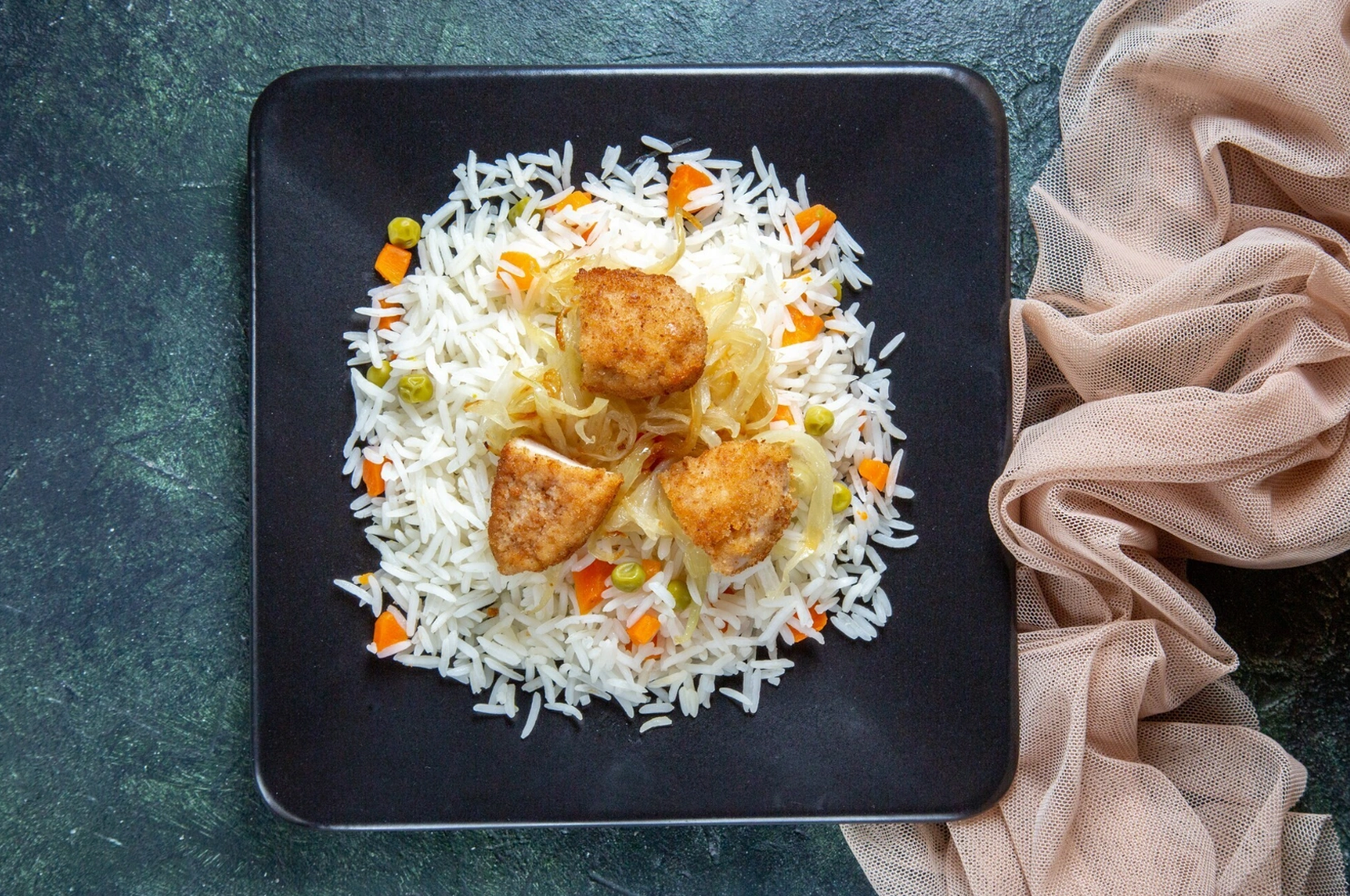

One of the most fundamental principles of great cooking is the use of high-quality, fresh ingredients. The final taste of a dish is directly influenced by the quality of its components. Fresh herbs, seasonal vegetables, and locally sourced meats all contribute to a richer and more authentic flavor. When ingredients are at their peak, they require minimal seasoning to shine, allowing their natural flavors to stand out. I always encourage home cooks to visit local markets, talk to farmers, and select ingredients that are in season. Not only does this enhance the taste of dishes, but it also supports sustainable farming and reduces environmental impact.

A truly memorable dish is not just about taste—it’s about the perfect balance of flavors and textures. Sweetness, saltiness, acidity, and bitterness must be carefully layered to create depth and harmony in every bite. For example, a rich and creamy dish benefits from a touch of acidity to cut through the heaviness, while a hint of bitterness can add complexity to a naturally sweet ingredient. Textures play an equally important role; a contrast between crispy and smooth, or tender and crunchy, keeps the palate engaged and elevates the overall dining experience. Mastering these elements transforms a simple meal into something extraordinary.






Cooking is not just about preparing food—it is an art form, and presentation is a crucial part of that art. A beautifully plated dish enhances anticipation, stimulates the appetite, and elevates the overall enjoyment of a meal. The way colors are arranged, the careful placement of garnishes, and the choice of serving plates all contribute to a visually stunning experience. I believe that every plate should tell a story, evoking emotions and excitement before the first bite is even taken. Whether in a fine dining restaurant or a home kitchen, taking the time to present food thoughtfully can make an ordinary meal feel truly special.